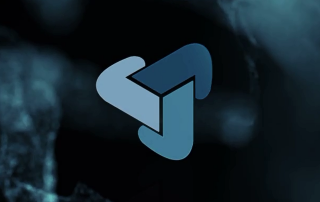Can (Digital) Transformation Be Measured?
A sextant is an optical navigation device used by sailors starting around 1730. With practice, it can prove quite accurate in plotting courses. Though the contemporary digital equivalent - a global positioning system (GPS) - has become the mainstream tool for navigation, sextants are still in use today among a small but avid group of yachtsman, survivalists and cognoscenti. Keep this migration in mind as we walk through today's question: Can (digital) transformation be measured? Our answer to this, of course, is yes - however, as in most cases, the specificity of measurement is data dependent. So, the qualified "yes" to this question, for now, relates to measuring transformation at the enterprise level. This is because the necessary enterprise data is relatively easy to find in the financial disclosures of the companies in our initial target sample. There is also rhyme and reason to starting at enterprise level because it plays squarely into our long term vision to define the total value of technology spending in the financial services ecosystem - [...]






